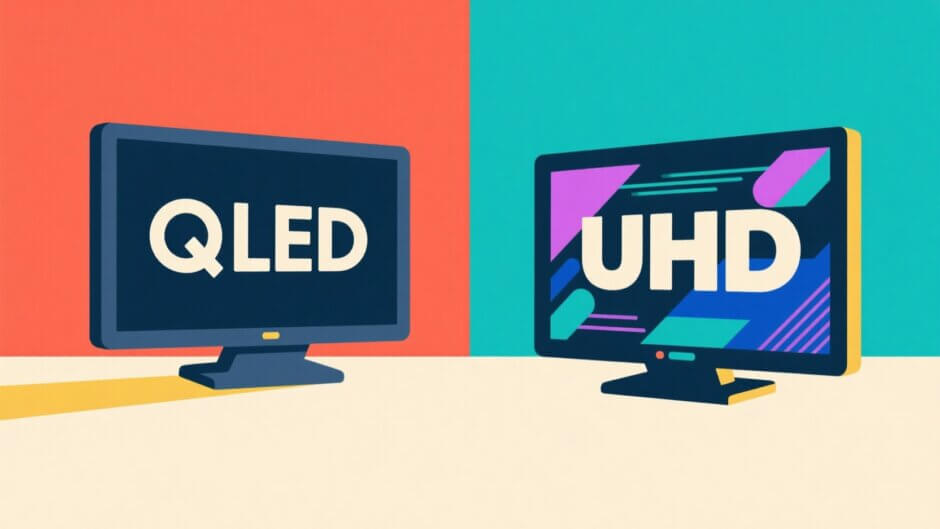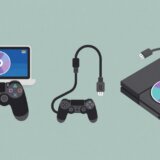What Exactly is QLED?
Think of QLED as a glow-up for traditional LED TVs. Those “Q” letters stand for Quantum Dot – tiny crystals that supercharge your picture.
How QLED Screens Work
Here’s the science made simple:
- A regular LED backlight shines blue light
- Quantum dots convert this light into precise red/green colors
- Combined with filters, this creates super-vibrant images
The magic happens in that nano-layer of quantum dots. These semiconductor particles act like hyper-accurate color translators, making everything from nature docs to video games explode with life. You’re seeing over a billion color variations – way beyond standard TVs.
Is QLED Actually New Tech?
Honestly? It’s more like LED 2.0. Samsung launched the QLED branding to spotlight real improvements:
- 30% brighter images than standard LEDs
- Wider color range (that “billion colors” thing)
- Better HDR performance
The catch? Like regular LEDs, QLEDs still use a backlight. That means dark scenes might show slight “blooming” (glowing halos around bright objects). But in sunny rooms? Nothing beats their eye-searing brightness.
Why Viewers Choose QLED
Picture this: You’re watching a football game in your sun-drenched living room. With QLED:
- Colors stay vivid despite glare
- Players’ jerseys show every texture detail
- Fast motion stays crisp with minimal blur
Modern models also pack smart perks:
- Voice control (Alexa/Google Assistant)
- Ambient mode that displays art when idle
- 4K or 8K resolution with HDR10+
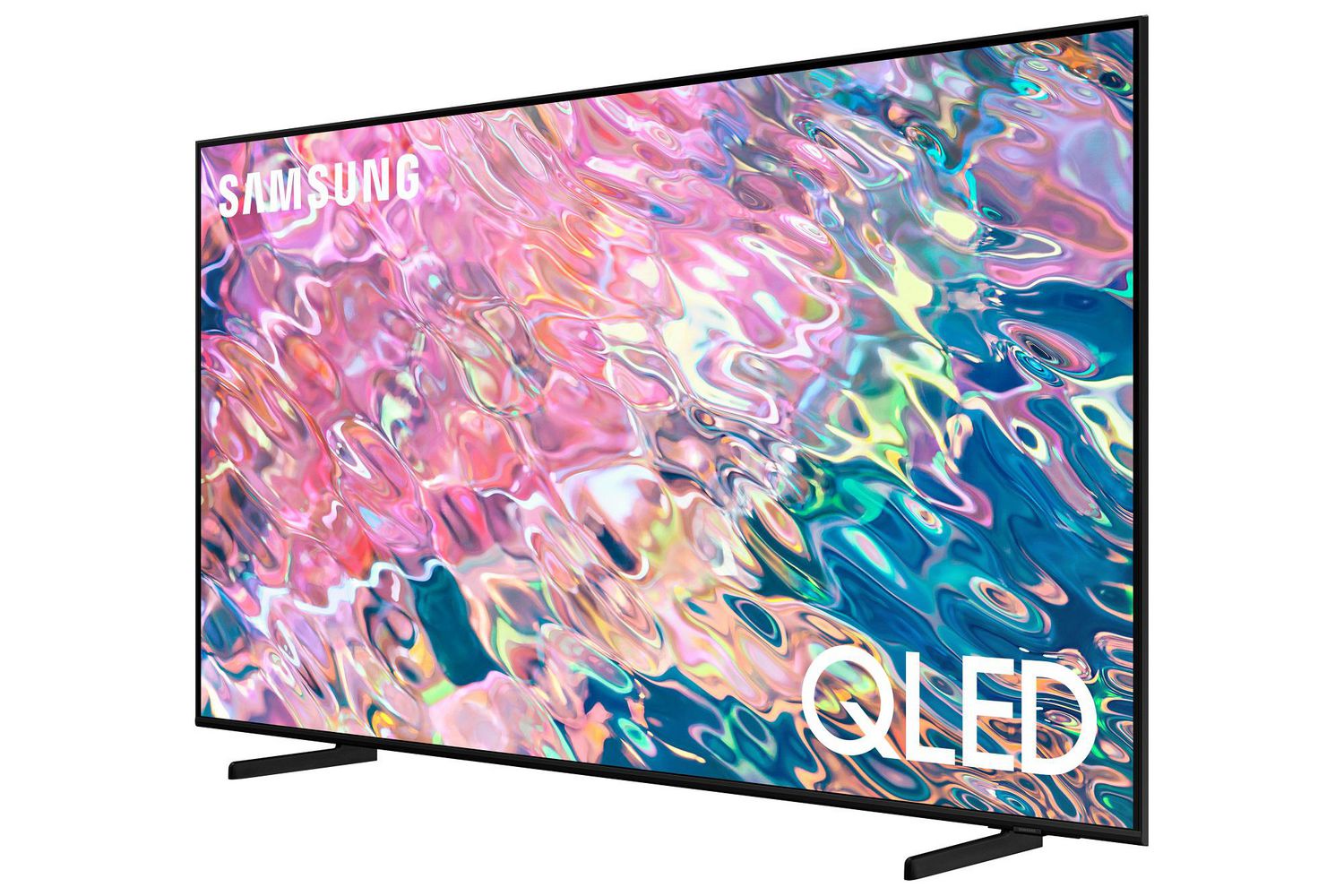
Convert 4K Ultra HD Blu-ray movies to MKV / M2TS / MP4 files in 30 minutes.Enjoy watching videos with maintained HDR10 / Dolby Vision ultra-high image quality freely on 4K-compatible devices and players!

Get Windows version | Get Mac version | Use the time-limited promotional campaign
UHD Demystified: Beyond the Buzzword
UHD simply means “Ultra High Definition” – it’s all about pixel count. When we talk uhd vs qled, remember: UHD is resolution, QLED is screen tech.
UHD Numbers Game
- Standard UHD (4K): 3840 x 2160 pixels
- Cinema 4K: 4096 x 2160 (professional format)
- 8K UHD: 7680 x 4320 pixels
That’s four times more detail than old 1080p HD! But here’s what many miss: UHD isn’t just about pixels. Modern UHD TVs include game-changing features:
- HDR: Makes shadows deeper and highlights brighter
- WCG: Shows colors regular TVs can’t display
- AI Upscaling: Makes HD content look near-4K
- 120Hz Gaming: Buttery-smooth play for PS5/Xbox
Why UHD Matters Now
Over 85% of new TVs sold are UHD (Global Growth Insights). Why?
- Streaming: Netflix/Disney+ offer thousands of UHD titles
- Gaming: PS5 and Xbox Series X are built for 4K
- Future-proofing: 8K content is slowly arriving
The difference shines on big screens. On a 65-inch TV, UHD prevents that fuzzy “pixel grid” effect when sitting close. You’ll see individual blades of grass on soccer fields or stitching on movie costumes.
QLED vs UHD: The Real Story
Comparing these is like asking “apples or oranges?” – they’re different categories. Most QLEDs are UHD, so you’re really choosing between display technologies at UHD resolution.
Where They Overlap
Resolution: Both offer 4K/8K UHD
Connectivity: HDMI 2.1, Wi-Fi 6, Bluetooth 5.0
Smart Features: Streaming apps, voice assistants
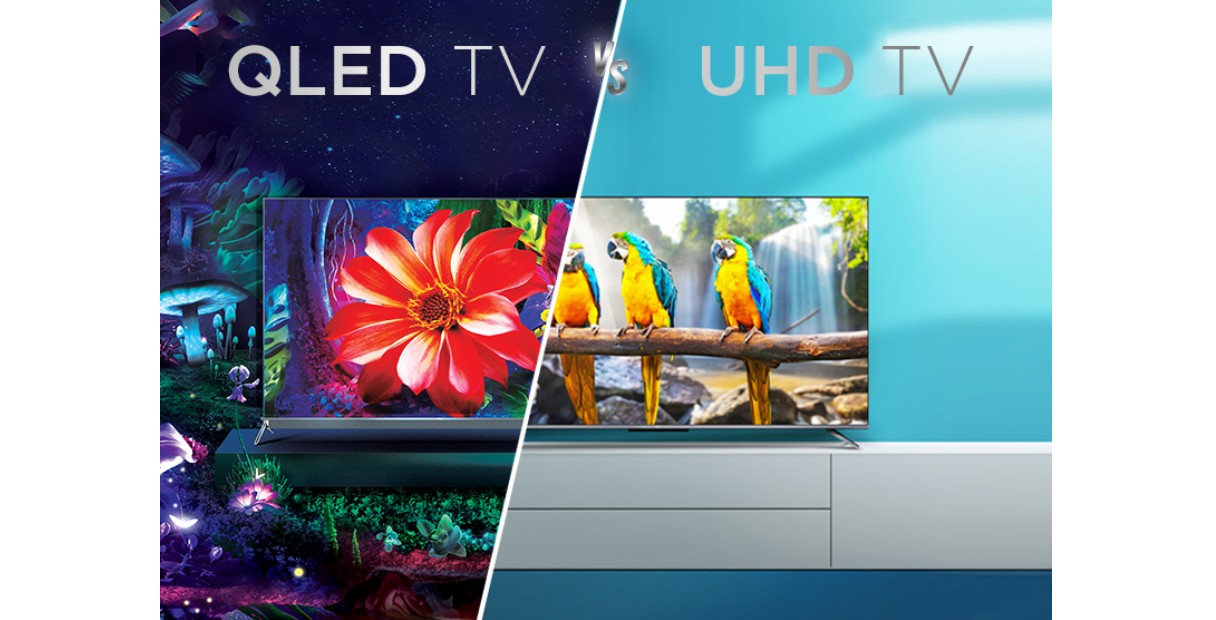
Key Differences: 4K UHD vs QLED
| Feature | QLED TVs | Standard UHD TVs |
|---|---|---|
| Core Tech | Quantum dot enhanced | Basic LED/LCD or OLED |
| Brightness | Exceptionally high (1500+ nits) | Moderate (500-800 nits) |
| Color Volume | 90-95% DCI-P3 coverage | 70-80% DCI-P3 coverage |
| Price | Premium ($800-$4000) | Budget-friendly ($300-$1500) |
| Best For | Sunny rooms, HDR enthusiasts | Darker spaces, casual viewers |
UHD TV vs QLED TV: Your Lifestyle Match
| Scenario | Winner | Why |
|---|---|---|
| Bright living room | QLED | Fights glare, maintains color vibrancy |
| Movie nights in darkness | OLED UHD | Perfect blacks (QLED can’t match this) |
| Next-gen gaming | QLED UHD | Higher brightness for HDR games, often has 120Hz support |
| Budget under $700 | Standard UHD | Great 4K without premium cost (e.g., TCL 4-Series) |
Top 2025 Models
QLED All-Stars:
- Samsung QN90C (best overall)
- TCL 6-Series (value king)
- Hisense U8K (budget HDR beast)
UHD Bargains:
- LG UR8000 (accurate colors)
- Sony X80K (superb motion handling)
- Vizio M7-Series (gaming features)
The Verdict on uhd versus qled: If you watch sports or play games in daylight, QLED’s brightness wins. For dark home theaters? OLED still rules. Budget shoppers get amazing value from standard UHD sets.
Can UHD TVs Play 4K Blu-rays?
Yes, but there’s a catch! You’ll need a separate $200+ 4K Blu-ray player – most TVs don’t include one. This is where digital conversion solves everything.
Meet Your 4K Disc Savior: DVDFab UHD Ripper
Convert discs to files playable anywhere:
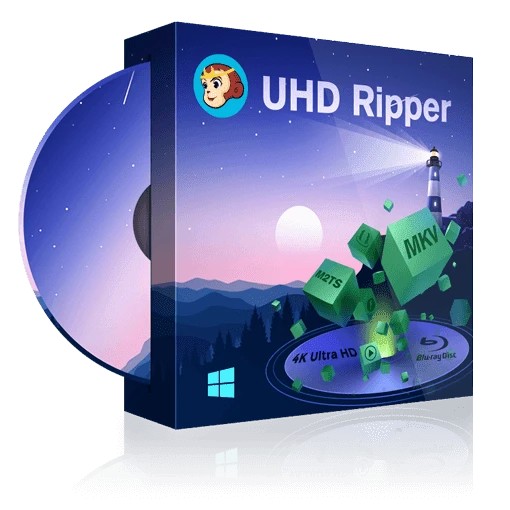
Why it beats physical discs:
- Watch movies on planes/tablets without a player
- Build a digital library that fits on one hard drive
- Preserves Dolby Vision/HDR10 quality
- Removes annoying menu previews
How it works in 5 steps:
- Pop in your 4K Blu-ray
- Pick titles/subtitles (DVDFab auto-selects main movie)
- Choose MKV for lossless or MP4 for smaller files
- Let it process (takes 15-45 minutes)
- Stream to TV via Plex or copy to USB

Pro Tip: Batch-convert your entire collection overnight. Wake up to a ready-to-stream movie library!
Convert 4K Ultra HD Blu-ray movies to MKV / M2TS / MP4 files in 30 minutes.Enjoy watching videos with maintained HDR10 / Dolby Vision ultra-high image quality freely on 4K-compatible devices and players!

Get Windows version | Get Mac version | Use the time-limited promotional campaign
Burning Questions Answered
QLED vs LED: What’s the Actual Difference?
LED TVs: Standard backlight, decent colors, affordable.
QLED TVs: Quantum dot layer, 30-50% brighter, wider color gamut.
Simple test: Place phones side-by-side playing the same HDR video. QLED’s colors will “pop” more in store lighting.
Is QLED Better Than UHD?
This qled vs uhd question misses the point! QLED is tech, UHD is resolution. Most QLEDs are UHD. The fair comparison is QLED UHD vs standard UHD – where QLED wins for brightness/color.
Do 4K QLED TVs Support HDR?
Absolutely! Look for these badges:
- HDR10: Basic HDR (all QLEDs have this)
- HDR10+: Dynamic metadata (Samsung/Hisense)
- Dolby Vision: Premium HDR (TCL/Hisense QLEDs)
What’s Next for TV Tech?
QLED Evolution:
- 2025: Thinner panels, better viewing angles
- 2026: Self-emissive QD-OLED hybrids
UHD Adoption: - 8K models becoming affordable ($1500 for 65″)
- AI upscaling makes 4K->8K conversion smarter
- HDMI 2.1 becoming standard for 120Hz gaming
Final Takeaway
Understanding the uhd versus qled distinction prevents buyer’s remorse. Most premium TVs combine both: a QLED screen with 4K/8K UHD resolution. Match your choice to your environment:
☀️ Sunny rooms: QLED’s brightness dominates
🎮 Gaming: QLED UHD with HDMI 2.1
🎥 Movie cave: OLED UHD for perfect blacks
💸 Budget: Standard UHD delivers 90% of the quality
And if you own 4K Blu-rays? DVDFab UHD Ripper unlocks them for any device. No more hunting for lost discs!
Convert 4K Ultra HD Blu-ray movies to MKV / M2TS / MP4 files in 30 minutes.Enjoy watching videos with maintained HDR10 / Dolby Vision ultra-high image quality freely on 4K-compatible devices and players!

Get Windows version | Get Mac version | Use the time-limited promotional campaign
Images courtesy of DVDFab and manufacturer press kits
Dive Deeper:
 TOOL HUNTER
TOOL HUNTER